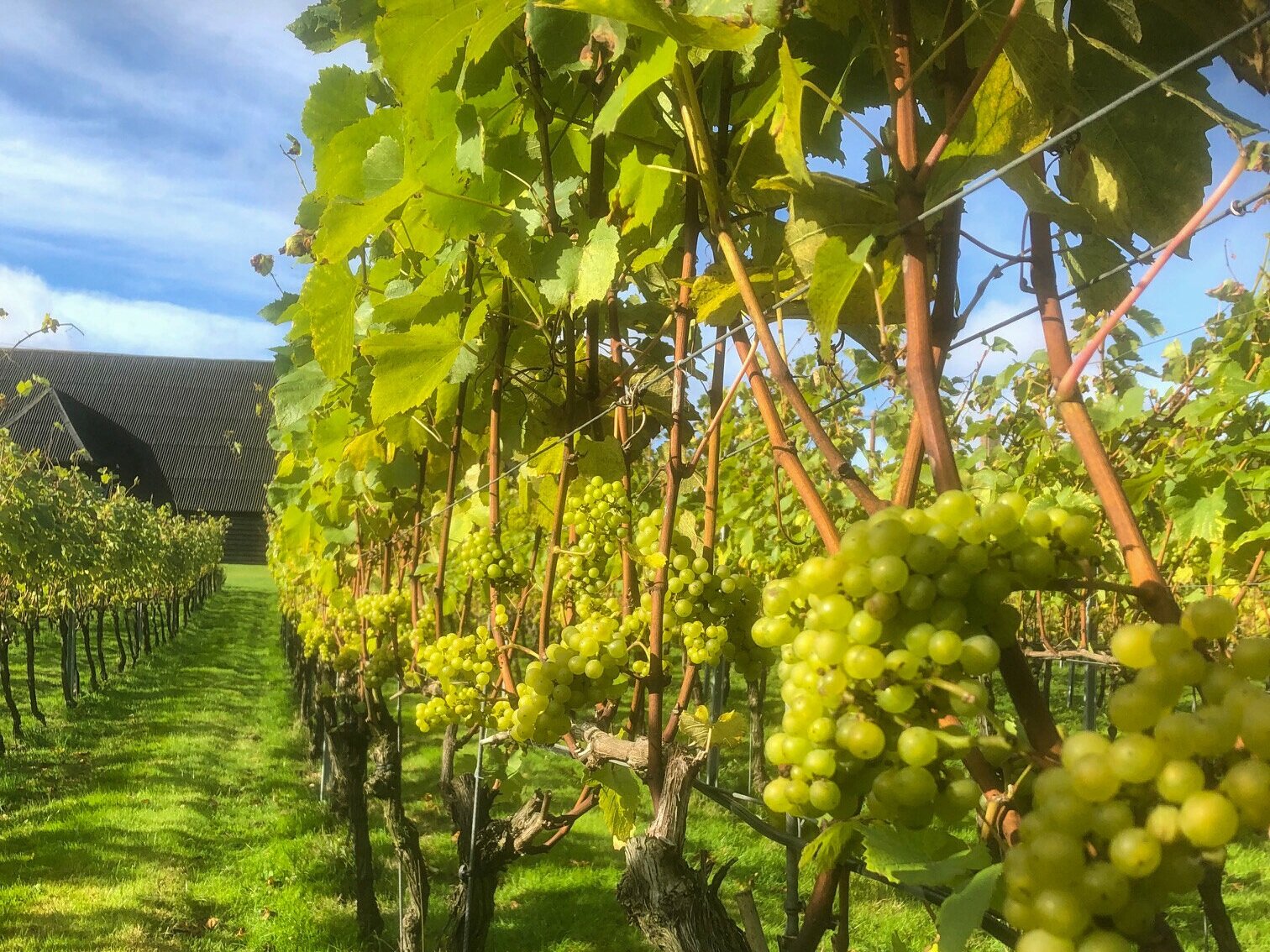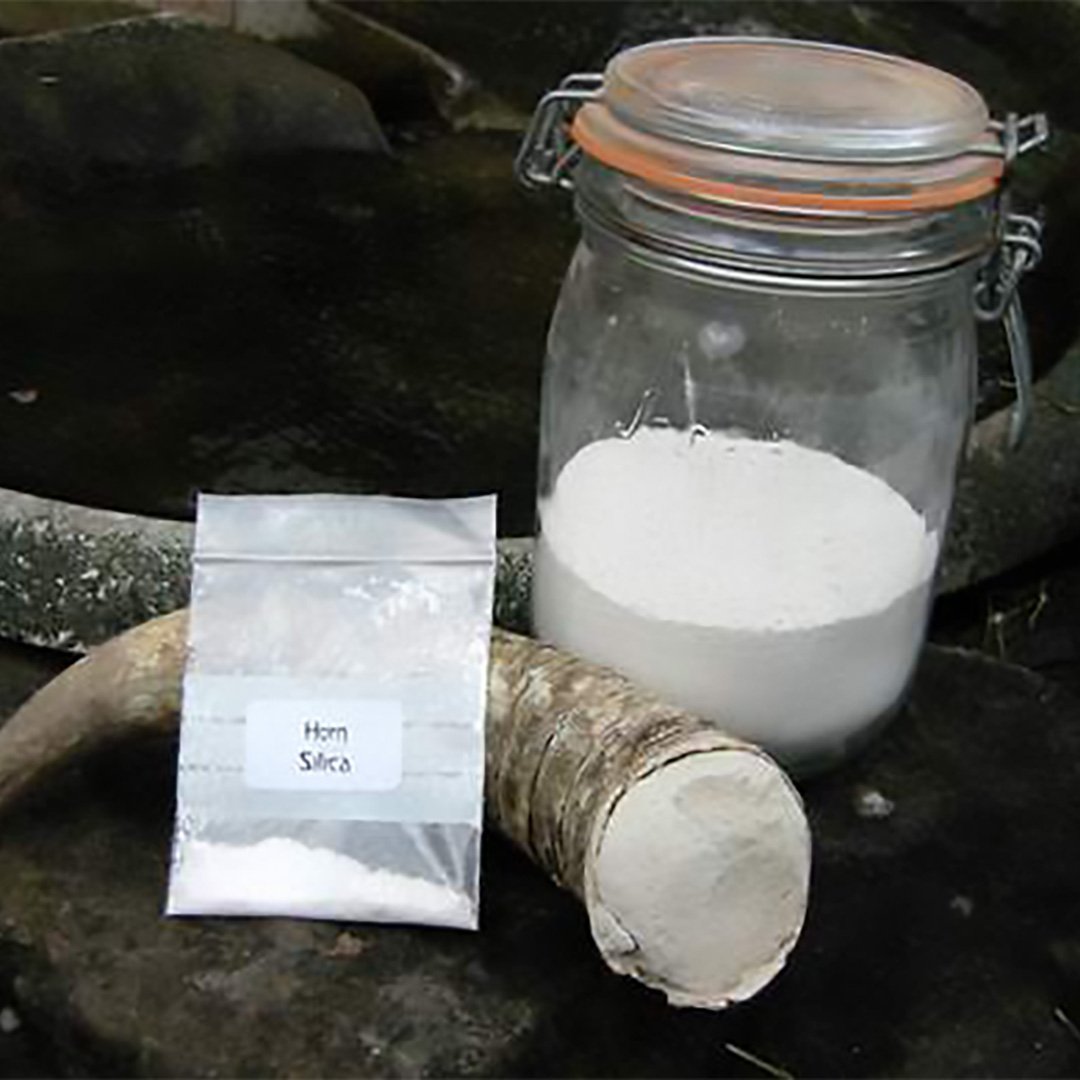
Conversion of the Vineyard to Organics and Biodynamics
We started organic viticulture in the season of 2021 – a difficult year for all sorts of climatic reasons. By 2022, our second year of being organic, I was introduced via Daniel Ham to David Morris who, after his first visit, then became our biodynamic consultant. It was he who gave us the confidence to start using biodynamic applications and sprays. No, we did not grow our hair and start smoking weed. Biodynamics has something of a hippy-dippy reputation but there are plenty of advocates in the world of ‘alternative’ viticulture who do not grow a ponytail and wear open-toed sandals.
Biodynamics was a philosophy promulgated by Rudolf Steiner in the 1920s in response to what he saw as the impoverishment of agriculture by the use of artificial fertilisers. He devised a system with a focus on creating optimal soil, plant and animal health, providing balanced nutrition and supporting health immunity. He argued that when farms incorporated a robust diversity of plants and animals and created a habitat for natural predators, there were few places for pests and diseases to thrive.
Fundamental to biodynamics is its ‘salutogenic’ approach to the farm/vineyard: in others words the attention is on achieving health instead of fighting disease.
Take one square metre of healthy soil. It will contain 5,000 insects, molluscs, and worms. It will also contain 300 different yeasts. Compare that to the equivalent soil in an agri/industrial field: there will be no yeasts, no ants, and no worms. Good soil amazingly replaces itself completely on a regular basis. Therefore, one of the major things we are trying to do is improve microbial life in the soil. Do that and the vines will prosper on their own accord.
What sprays do we use? In addition to using sulphur and a tiny bit of copper, we apply seaweed and garlic. To these we have added other biodynamic applications such as horn manure (for the soil), silica, yarrow, willow bark (it contains salicylic acid as found in aspirin), and horsetail. Most of these are aimed at building resistance in the vines against mildew. These are all plants with medicinal properties.
Performing certain tasks in the vineyard and spraying the canopy according to the phases of the moon may sound cranky but if one stands backs and thinks about it, maybe it is not quite so nutty. After all, medieval farmers would have worked around these cycles, knowing when best to work the soil and plough. As the earth spins, different areas of the planet face the moon, and this rotation causes tides to cycle around the planet. This movement of water is crucial. There are times to plant, times to prune (when the sap is rising and thus heals the wound), times to harvest, times to do various tasks in the vineyard, and of course, times to do nothing but rest. And remember that we humans are 60% water!
Biodynamic farming uses a series of applications which build up the vine’s resistance to disease. Using the antibiotic analogy, if you use too much the drug will become ineffective – as has been found with superbugs. It is no different with conventional viticulture: if one plants a vine and then plasters it with synthetic chemicals constantly, the chemicals just stop working as they should.
Rudolf Steiner described nine biodynamic preparations from natural substances: cow manure, quartz and seven natural substances – all easily available for most farmers. They are:










